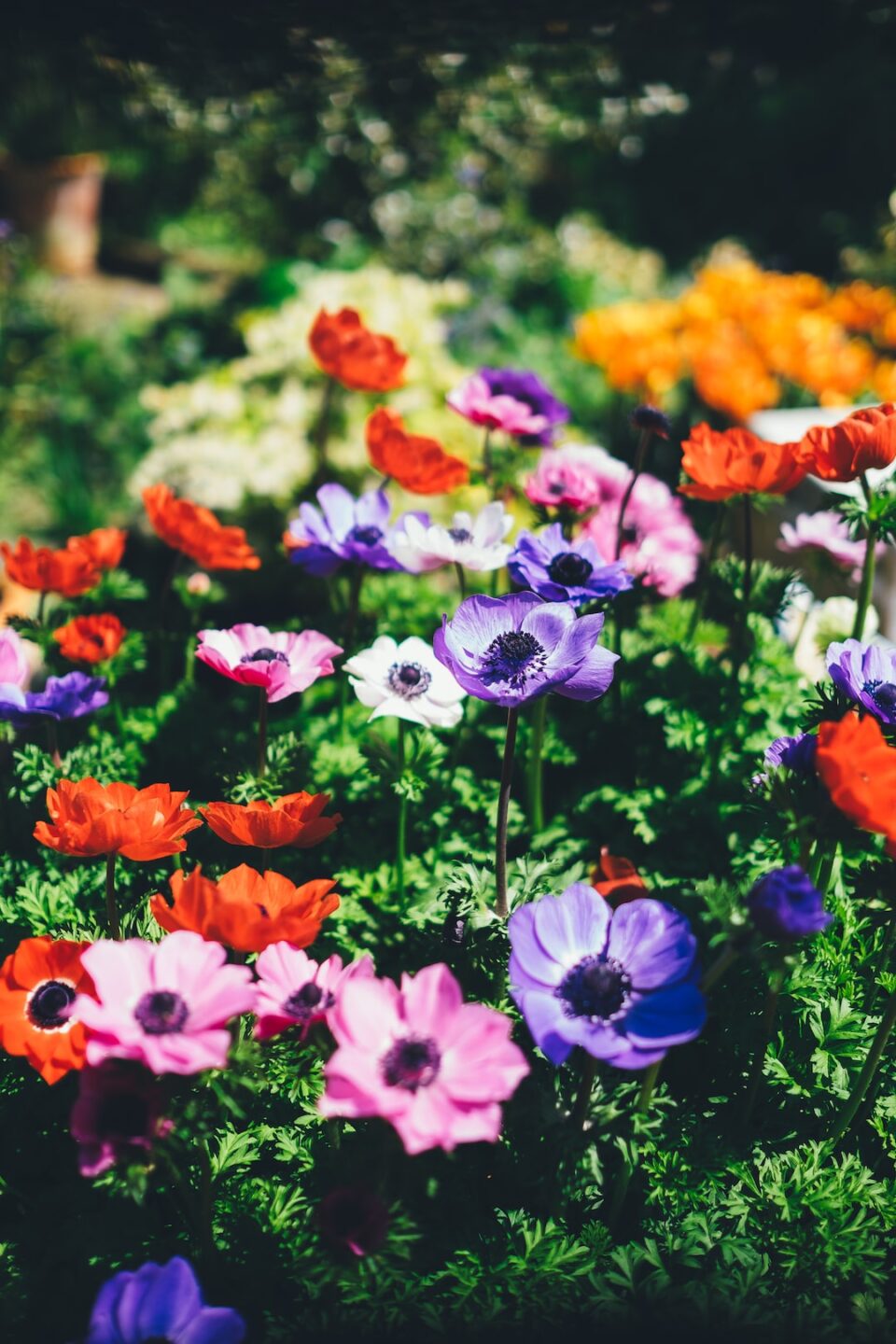Growing your own herbs for culinary delights is a rewarding and budget-friendly endeavor that can enhance your cooking experience. Whether you have a backyard garden or a small balcony, cultivating herbs is a simple and satisfying way to add fresh flavors to your meals. In this guide, we will explore the steps involved in growing your very own herb garden.
The first step in growing herbs is choosing the right location. Most herbs require at least six hours of direct sunlight per day, so select a spot in your garden that receives ample sunlight. If you have limited space, consider using containers or vertical gardening techniques to make the most of your area.
Next, decide which herbs you want to grow. You can choose from a variety of culinary herbs like basil, rosemary, parsley, thyme, and mint. Consider the dishes you commonly cook and choose herbs that will complement them. It is also important to note the growth habits and needs of each herb. For instance, mint spreads vigorously, so it is best grown in containers to prevent it from taking over your garden.
Once you have chosen your herbs, it’s time to prepare the soil. Herbs prefer well-drained soil that is rich in organic matter. You can improve the fertility of your soil by adding compost or aged manure. Ensure that the soil is loose and friable, as this allows the herbs’ roots to grow and establish properly.
Now, it’s time to sow the seeds or plant the seedlings. If you are starting from seeds, follow the instructions mentioned on the seed packets regarding the depth and spacing. Some herbs, like basil and parsley, can also be propagated from cuttings. Water the seeds or seedlings thoroughly after planting and avoid overwatering to prevent root rot.
Watering is an important aspect of growing herbs. Most herbs prefer a moderate amount of water, so aim to keep the soil moist but not waterlogged. Water your herbs early in the day, allowing the foliage to dry before the evening to avoid fungal diseases. Adding a layer of mulch around your herbs will help retain soil moisture and suppress weed growth.
Regular pruning and harvesting are crucial for promoting healthy herb growth. Pruning not only encourages bushier growth but also prevents herbs from flowering and going to seed, which can affect their flavor. Harvest your herbs by snipping the leaves and stems when they are young and tender. This way, the plant continues to produce fresh growth.
Lastly, keep an eye out for pests and diseases. Common herb pests include aphids, snails, and caterpillars. You can use organic pest control methods like handpicking or spray your herbs with a mixture of water and mild dish soap to control infestations.
In conclusion, growing herbs for culinary delights is an enjoyable and sustainable way to enhance your cooking. By following these simple steps, you can create your own herb garden and enjoy the flavors and aromas of freshly harvested herbs in your meals. So roll up your sleeves, put on your gardening gloves, and get ready to embark on this delightful journey of growing your own herbs.

